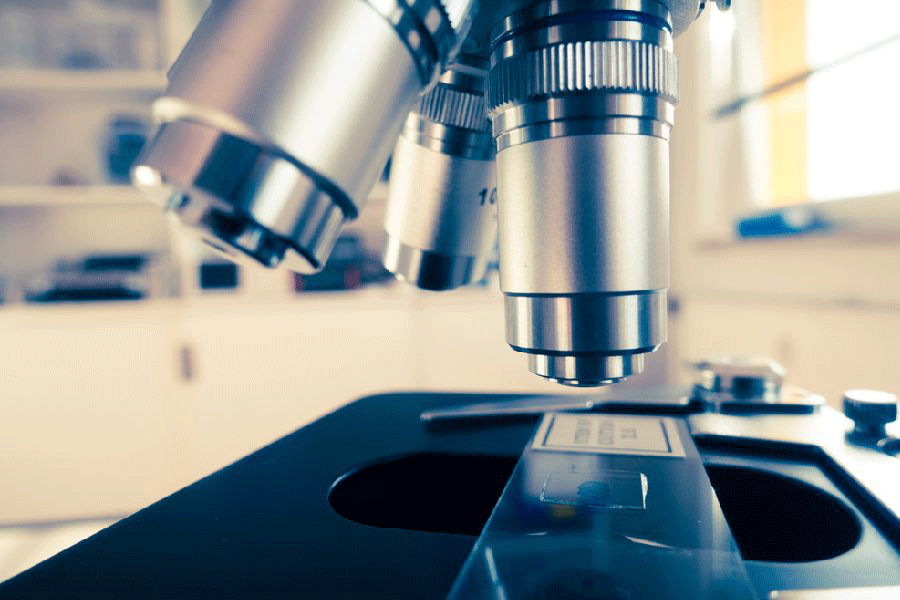Tabletop experiments by Indian physicists have broken a barrier proposed 200 years ago by a legendary French engineer, Sadi Carnot, raising hopes of new high-efficiency heat engines hitherto considered impossible.
Researchers in Bangalore have created a heat engine — a device that turns heat into mechanical energy — that is the first ever to approach the maximum theoretical efficiency calculated in 1824 by Carnot, the founder of thermodynamics, the science of heat.
Heat engines are ubiquitous. They run cars, jet aircraft, refrigerators, coal, gas and nuclear power plants, and miniature motors. But all heat engines are currently limited by Carnot’s maximum efficiency rule. Attempts to increase a heat engine’s efficiency lower its power. A super-efficient heat engine is expected to have negligible power and therefore be unusable.
“All this time, it was assumed that it isn’t possible to attain efficiency close to the Carnot limit, that we have to sacrifice engine efficiency to maximise power,” said Ajay Sood, a physics professor at the Indian Institute of Science (IISc) who led the research. Sood is currently the principal science adviser to the Indian government.
Sood and his colleagues have demonstrated a strategy to overcome this power-efficiency trade-off through experiments that involved a miniature heat engine whose efficiency approached 95 per cent of the Carnot limit at high operating speeds. They described their work in the scientific journal Nature Communications on Friday.
“The power-efficiency trade-off may be illustrated through the difference between racing cars and household cars,” said Rajesh Ganapathy, a physics professor at the Jawaharlal Nehru Centre for Advanced Scientific Research (JNCASR) and a research collaborator.
A racing car delivers high power but is relatively inefficient and guzzles a lot more fuel than a household car, which yields more kilometres per litre but at less power.
A typical heat engine such as those in cars uses a piston and a cylinder to compress a mixture of fuel and gas to complete a cycle during which heat energy is extracted for mechanical energy.
The IISc physicists borrowed the concept of a micrometre-sized heat engine first demonstrated by physicists at the University of Stuttgart, Germany, in 2011.
In the tiny engine, the gas-fuel mixture is replaced by a single colloidal bead — a gel-like particle — and laser beams acting on the colloid bead mimic the movements of the piston and cylinder. The IISc team also exposed the colloidal bead to a rapidly fluctuating electric field at 2000 cycles per second.
Under the influence of the electric field, the engine’s efficiency could be steadily increased to approach the Carnot limit. Their results, albeit on a tiny scale, show that in principle it is possible to unshackle heat engine design from a restriction assumed inviolable.
“This has been a longstanding challenge,” said Sudeesh Krishnamurthy, a former research scholar at the IISc who had worked on the novel heat engine and is currently at the University of California, Berkeley.
Research groups across the world have since the oil crisis in the 1970s tried to approach the Carnot limit through myriad strategies — from engine design modifications to the use of exotic materials.
Over the past decade, scientists in Belgium, Italy, Japan and Korea have proposed theoretical ideas to overcome the Carnot limit, but none has been implemented.
“No human-made heat engine, whether macroscopic or microscopic, has ever attained the theoretical maximum efficiency,” Ganapathy said.
But scientists have cautioned that translating the tabletop feat into real-world engines — macroscopic or microscopic — remains a challenge.
“This is an advance in the exploration of the basic aspects of thermodynamics — it is a remarkable step in our understanding of microscopic heat engines,” said Vijaykumar Krishnamurthy, a biophysicist at the International Centre for Theoretical Sciences, Bangalore, who was not associated with the IISc work.
“But whether this can be exploited for large-scale macroscopic engines remains an open question.”
Engineers will need to find ways to replicate the effects of the electric fields on the colloidal beads in real-world engines.










